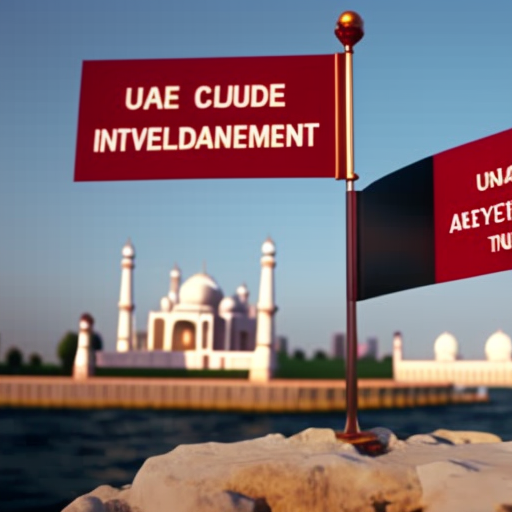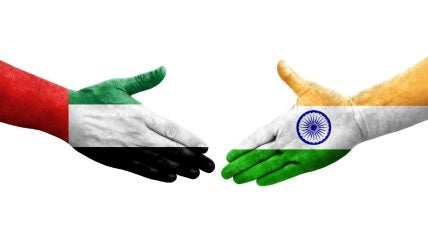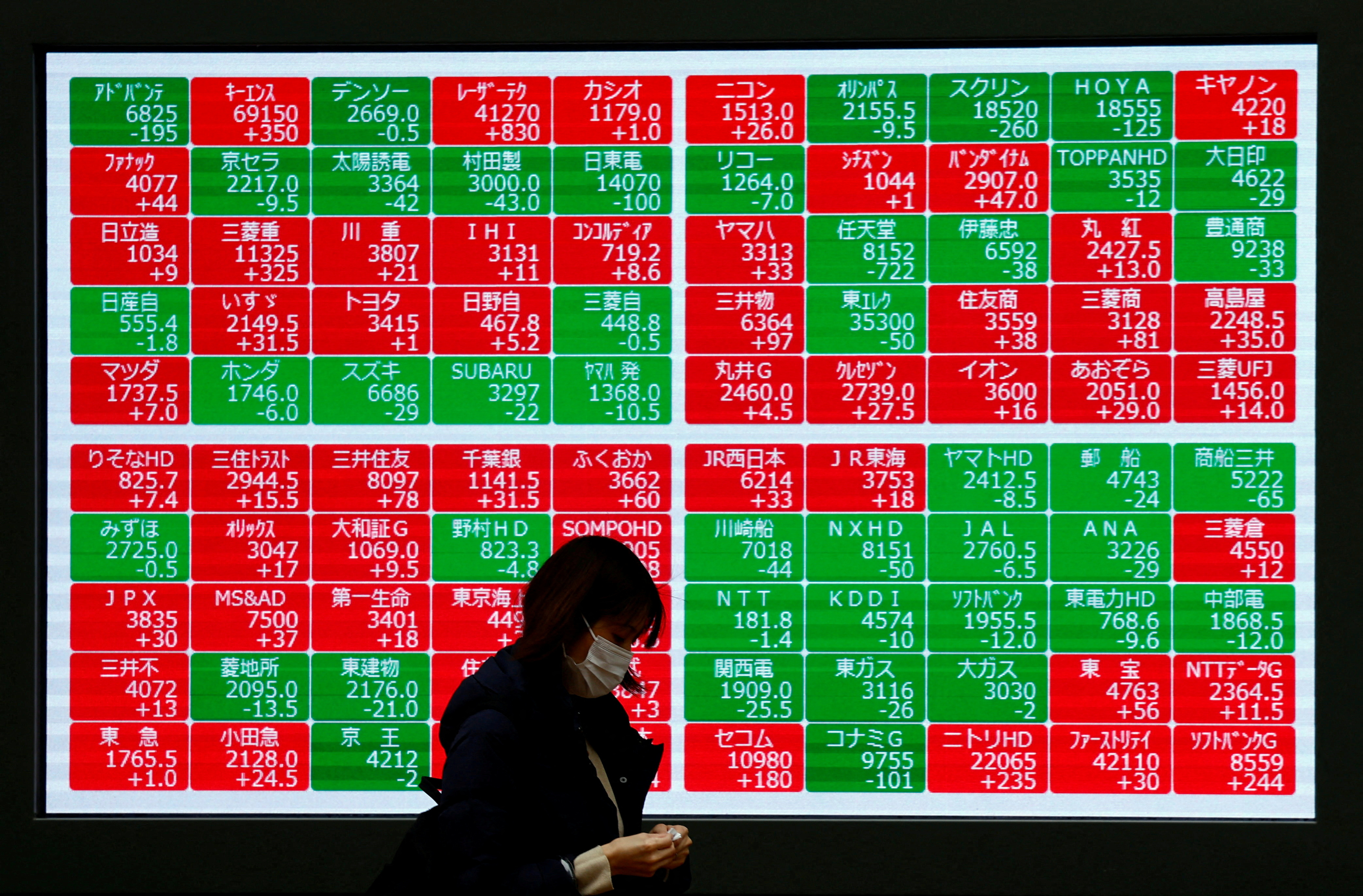
The UAE and India Sign Bilateral Investment Treaty

The governments of the UAE and India have signed a bilateral investment treaty to bolster trade and foreign investments and opportunities between the two countries.
Infrastructure Development Fund (IDF)
Under the Infrastructure Development Fund (IDF), the government in New Delhi allocated a further Rs296.10bn ($3.57bn) to stimulate investments in various sectors including:
- Dairy processing
- Meat processing
- Animal feed plants
- Breed multiplication farms
- Agri-waste management
- Veterinary vaccine and drug production facilities
The government stated that “The bilateral treaty with the UAE is anticipated to boost investor confidence, particularly among major investors, attracting increased foreign investments and opportunities for overseas direct investment (ODI).” This aligns with the Sustainable Development Goals (SDGs) of promoting sustainable economic growth and partnerships for development.
Atmanirbhar Bharat Initiative
The announcement came during a Union Cabinet meeting between Indian officials. The new move will help the authorities implement the Atmanirbhar Bharat initiative, which translates to ‘self-reliant India’. This initiative is in line with SDG 9, which aims to build resilient infrastructure, promote inclusive and sustainable industrialization, and foster innovation.
FDI Inflows in the UAE and India
For the UAE, the new bilateral trade agreement comes days after the UN Conference on Trade and Development reported significant growth in the country’s greenfield FDI announcements. According to the UN’s investment arm, newly announced FDI projects rose by 28% in the third quarter of 2023 compared with the same period a year before. Overall, FDI inflows into the UAE reached $22.75bn in 2022.
Similarly, FDI inflows in India have gone up in recent years, with $70.97bn recorded in the 2022–23 fiscal year alone. Total FDI inflows in the country reached $953.14bn between April 2000 and September 2023, with a significant share ($615.73bn) coming in the last nine years (April 2014 to September 2023). These figures demonstrate progress towards achieving SDG 8, which focuses on promoting sustained, inclusive, and sustainable economic growth, full and productive employment, and decent work for all.
Access Comprehensive Company Profiles
Access the most comprehensive Company Profiles on the market, powered by GlobalData. Save hours of research and gain a competitive edge.
Sign Up for Our Daily News Round-Up
Sign up for our daily news round-up to receive leading industry insights that will give your business an edge.
SDGs, Targets, and Indicators Analysis
1. Which SDGs are addressed or connected to the issues highlighted in the article?
- SDG 8: Decent Work and Economic Growth
- SDG 9: Industry, Innovation, and Infrastructure
- SDG 17: Partnerships for the Goals
The article discusses the bilateral investment treaty between the UAE and India, which aims to bolster trade and foreign investments between the two countries. This aligns with SDG 8, which focuses on promoting sustained, inclusive, and sustainable economic growth, full and productive employment, and decent work for all. It also relates to SDG 9, which aims to build resilient infrastructure, promote inclusive and sustainable industrialization, and foster innovation. Additionally, the partnership between the UAE and India reflects SDG 17, which emphasizes the importance of global partnerships for sustainable development.
2. What specific targets under those SDGs can be identified based on the article’s content?
- Target 8.1: Sustain per capita economic growth in accordance with national circumstances and, in particular, at least 7% GDP growth per annum in the least developed countries.
- Target 9.1: Develop quality, reliable, sustainable, and resilient infrastructure, including regional and transborder infrastructure, to support economic development and human well-being, with a focus on affordable and equitable access for all.
- Target 17.16: Enhance the global partnership for sustainable development, complemented by multi-stakeholder partnerships that mobilize and share knowledge, expertise, technology, and financial resources.
The article mentions the aim of stimulating investments in various sectors, which contributes to achieving sustained economic growth (Target 8.1). It also highlights the importance of infrastructure development to support economic development and well-being (Target 9.1). Furthermore, the bilateral investment treaty between the UAE and India represents a partnership for sustainable development (Target 17.16).
3. Are there any indicators mentioned or implied in the article that can be used to measure progress towards the identified targets?
- Indicator 8.1.1: Annual growth rate of real GDP per capita
- Indicator 9.1.1: Proportion of the rural population who live within 2 km of an all-season road
- Indicator 17.16.1: Number of countries reporting progress in multi-stakeholder development effectiveness monitoring frameworks that support the achievement of the sustainable development goals
The article does not explicitly mention these indicators, but they can be used to measure progress towards the identified targets. The growth rate of real GDP per capita (Indicator 8.1.1) can assess the economic growth achieved, while the proportion of the rural population living within 2 km of an all-season road (Indicator 9.1.1) can measure the accessibility and development of infrastructure. Additionally, the number of countries reporting progress in multi-stakeholder development effectiveness monitoring frameworks (Indicator 17.16.1) can indicate the level of global partnership and collaboration.
4. Table: SDGs, Targets, and Indicators
| SDGs | Targets | Indicators |
|---|---|---|
| SDG 8: Decent Work and Economic Growth | Target 8.1: Sustain per capita economic growth in accordance with national circumstances and, in particular, at least 7% GDP growth per annum in the least developed countries. | Indicator 8.1.1: Annual growth rate of real GDP per capita |
| SDG 9: Industry, Innovation, and Infrastructure | Target 9.1: Develop quality, reliable, sustainable, and resilient infrastructure, including regional and transborder infrastructure, to support economic development and human well-being, with a focus on affordable and equitable access for all. | Indicator 9.1.1: Proportion of the rural population who live within 2 km of an all-season road |
| SDG 17: Partnerships for the Goals | Target 17.16: Enhance the global partnership for sustainable development, complemented by multi-stakeholder partnerships that mobilize and share knowledge, expertise, technology, and financial resources. | Indicator 17.16.1: Number of countries reporting progress in multi-stakeholder development effectiveness monitoring frameworks that support the achievement of the sustainable development goals |
Behold! This splendid article springs forth from the wellspring of knowledge, shaped by a wondrous proprietary AI technology that delved into a vast ocean of data, illuminating the path towards the Sustainable Development Goals. Remember that all rights are reserved by SDG Investors LLC, empowering us to champion progress together.
Source: investmentmonitor.ai

Join us, as fellow seekers of change, on a transformative journey at https://sdgtalks.ai/welcome, where you can become a member and actively contribute to shaping a brighter future.






